Lithuanian egg art, with wax, which is a little reminiscent to Pysanka, with the use of kista and dyes. This appears to be a technique where the dyed or natural egg has colored wax applied with a straight pin in the end of a pencil (convenient) and this is used to dip into melted wax (maybe a mix of bee’s wax for melting control and crayons for color) and applied in quick rhythmic strokes. Can’t wait to try this. I took a lot of searching to find the name…. everything was in a language I could not understand (LOL), which says something about my lack of linquistic prowess. See someone’s photo here which I have credited by linking the picture back to their site. They did a wonderful job.
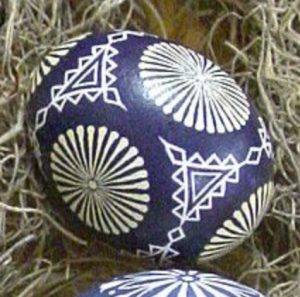
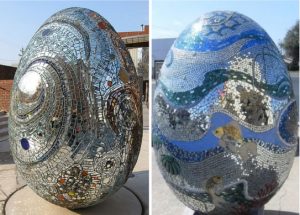
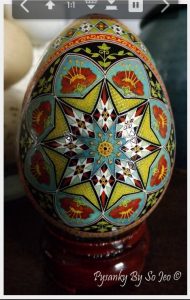
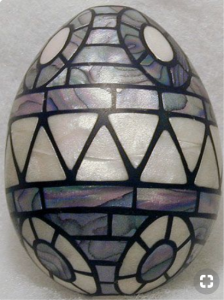

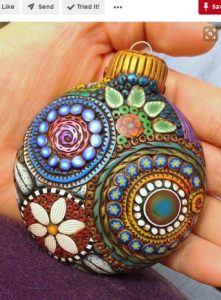

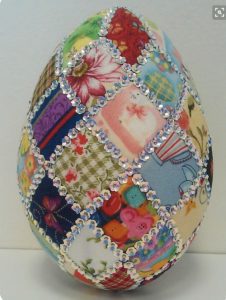
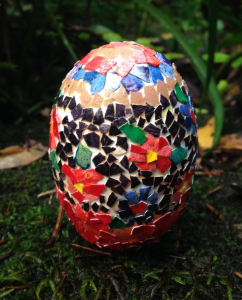

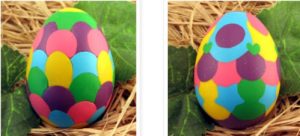 L
L